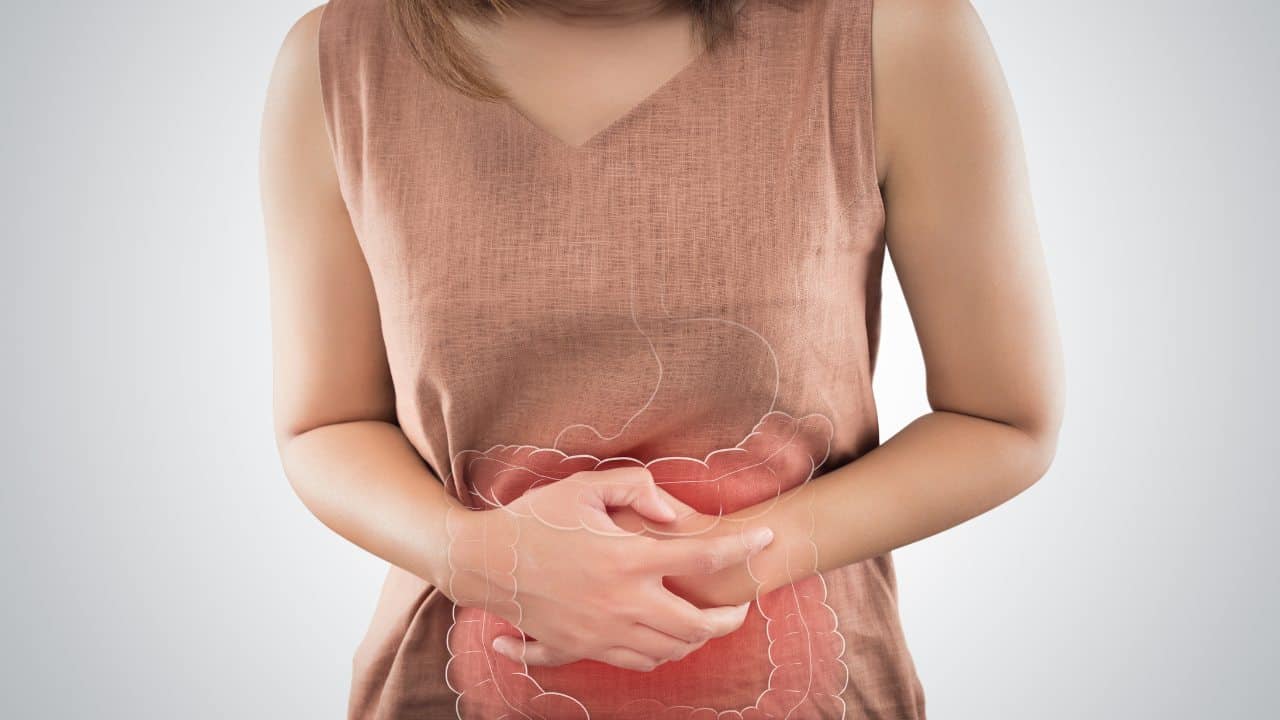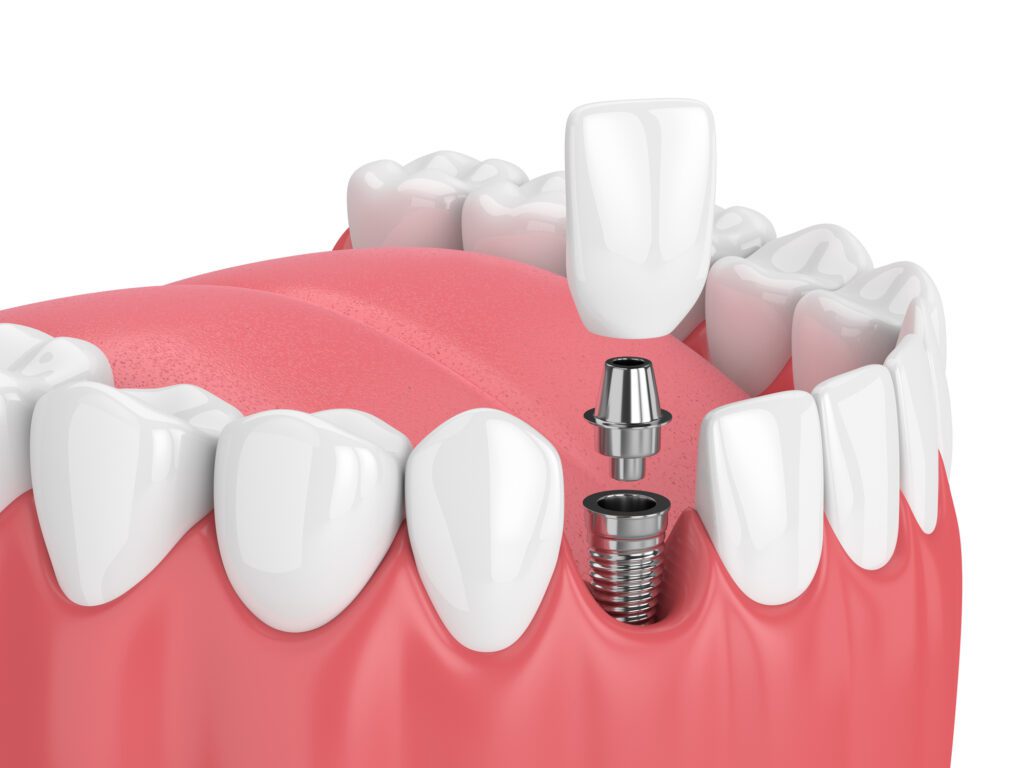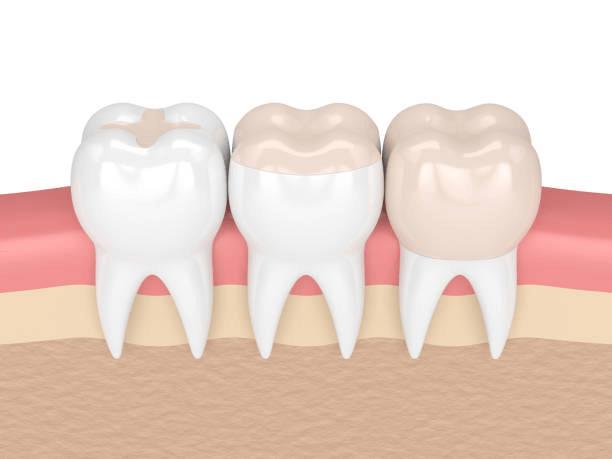The human body is home to a vast ecosystem of microbes, bacteria, and even parasites. These organisms range from harmless to harmful, with some of them capable of causing serious diseases. Parasites, in particular, can invade the human body and survive by feeding on its nutrients, often without the host realizing it for a long time. This article explores the top 10 parasites that can live in the human body, detailing how they infect, the symptoms they cause, and possible treatments.
If you are looking for effective treatments, you can Buy fenbendazole for humans to treat certain parasitic infections. Fenbendazole is an antiparasitic drug commonly used in veterinary medicine but is also being explored for human applications. It’s essential to consult a healthcare provider before using such medications to ensure it’s appropriate for your condition.
1. Tapeworms (Cestodes)
Among the many parasites that can infect humans, tapeworms rank high. These flat, segmented worms can grow several meters long and live in the intestines. Humans usually get tapeworm infections from eating undercooked or contaminated meat. Once inside the body, tapeworms attach themselves to the intestinal wall and absorb nutrients from the host’s diet.
- Symptoms: Nausea, weakness, weight loss, abdominal pain, and digestive issues.
- Treatment: Medications like praziquantel or albendazole are commonly prescribed. Regular deworming treatments can prevent severe infections.
2. Roundworms (Ascaris lumbricoides)
Roundworms are another prevalent type of intestinal parasite, affecting millions of people worldwide, especially in areas with poor sanitation. Humans contract roundworms by ingesting food or water contaminated with the eggs. Once inside, the larvae hatch in the intestines and can migrate to the lungs and other parts of the body.
- Symptoms: Persistent cough, wheezing, abdominal pain, and sometimes a fever.
- Treatment: Antiparasitic drugs like mebendazole or albendazole are effective. In severe cases, surgery may be necessary to remove blockages caused by large masses of worms.
3. Liver Flukes (Fasciola hepatica)
Liver flukes are flat, leaf-shaped parasites that affect the liver, gallbladder, and bile ducts. These parasites are typically transmitted to humans through the consumption of contaminated watercress or freshwater fish. The flukes can cause significant damage to the liver if left untreated.
- Symptoms: Fever, abdominal pain, jaundice, and fatigue.
- Treatment: Triclabendazole is the treatment of choice for liver fluke infections.
4. Giardia (Giardia lamblia)
Giardiasis is a parasitic disease caused by the tiny parasite Giardia. It spreads through contaminated water or food and is particularly common in areas with poor sanitation or during outdoor activities like camping. Once ingested, Giardia attaches itself to the intestines, leading to digestive issues.
- Symptoms: Diarrhea, gas, greasy stools, and dehydration.
- Treatment: Metronidazole or tinidazole is usually prescribed to treat giardiasis.
5. Hookworms (Ancylostoma duodenale and Necator americanus)
Hookworms are tiny worms that live in the small intestine. These parasites are most commonly found in tropical and subtropical regions, particularly where sanitation is poor. Hookworm larvae penetrate the skin, usually through the feet, and travel through the bloodstream to the lungs, eventually settling in the intestines.
- Symptoms: Itchy rash, anemia, abdominal pain, and fatigue.
- Treatment: Medications like albendazole or mebendazole are used to treat hookworm infections.
6. Toxoplasma (Toxoplasma gondii)
Toxoplasma is a protozoan parasite that causes toxoplasmosis. Humans can get infected by consuming undercooked meat or through exposure to infected cat feces. Toxoplasmosis is particularly dangerous for pregnant women, as it can lead to congenital disabilities.
- Symptoms: Most people do not show symptoms, but some may experience flu-like symptoms, muscle pain, and swollen lymph nodes.
- Treatment: Medications like pyrimethamine and sulfadiazine are used to treat severe cases of toxoplasmosis.
7. Trichinella (Trichinella spiralis)
Trichinella is a type of roundworm that causes trichinosis, a parasitic disease contracted by consuming undercooked pork or wild game. Once ingested, Trichinella larvae grow into adult worms in the intestines and then migrate to muscle tissue, where they form cysts.
- Symptoms: Nausea, diarrhea, vomiting, fever, muscle pain, and swelling of the face.
- Treatment: Albendazole or mebendazole are used to kill the adult worms and larvae.
8. Schistosomes (Schistosoma spp.)
Schistosomes, also known as blood flukes, are parasitic worms that cause schistosomiasis, a disease affecting millions in tropical and subtropical regions. Schistosomiasis occurs when people come into contact with freshwater contaminated with the parasite’s larvae. The larvae penetrate the skin, enter the bloodstream, and settle in the veins of the bladder or intestines.
- Symptoms: Rash, fever, chills, muscle aches, and chronic urinary or intestinal issues.
- Treatment: The preferred medication for schistosomiasis is praziquantel.
9. Entamoeba histolytica
Entamoeba histolytica is a protozoan parasite that causes amoebiasis, an infection of the intestines. It spreads through contaminated water or food and can invade the intestinal lining, leading to severe digestive problems. In some cases, the parasite can enter the bloodstream and spread to the liver, causing liver abscesses.
- Symptoms: Diarrhea, abdominal pain, weight loss, and sometimes blood in the stool.
- Treatment: Metronidazole is the most commonly used drug for treating amoebiasis.
10. Scabies (Sarcoptes scabiei)
Unlike the other parasites on this list, scabies is a tiny mite that burrows into the skin, causing intense itching and a pimple-like rash. Scabies is highly contagious and spreads through close physical contact with an infected person or contaminated items like bedding and clothing.
- Symptoms: Severe itching, especially at night, and a rash that appears between the fingers, wrists, and waist.
- Treatment: Permethrin cream or ivermectin pills are often prescribed to treat scabies infestations.
Prevention and Treatment of Parasitic Infections
Parasitic infections can be prevented through good hygiene, safe food and water consumption, and proper sanitation. Regular handwashing, cooking meat thoroughly, and drinking purified water are essential in reducing the risk of contracting parasites.
For those already infected, several antiparasitic medications are available. In many cases, doctors prescribe drugs like fenbendazole, which is effective for treating parasitic infections. Although fenbendazole is commonly used for animals, there is growing interest in its potential applications for human treatment. Always consult a healthcare provider before using any antiparasitic drugs for human infections.
You can Buy fenbendazole for humans from reputable sources, but ensure to source it from a reliable pharmacy like Generic Pills Australia Online Pharmacy, which offers a wide range of medications with fast delivery and customer support.
Conclusion
Parasitic infections, while common in some parts of the world, can lead to serious health problems if left untreated. Understanding the top 10 parasites that can live in the human body and how to treat them is crucial for maintaining overall health. If you suspect a parasitic infection, it’s essential to seek medical advice and start treatment as soon as possible.
For trusted medications like fenbendazole and other treatments, consider buying from Generic Pills Australia Online Pharmacy, where you can get quality products with excellent customer service. Prevention, awareness, and timely treatment are the keys to dealing with parasitic infections effectively.










